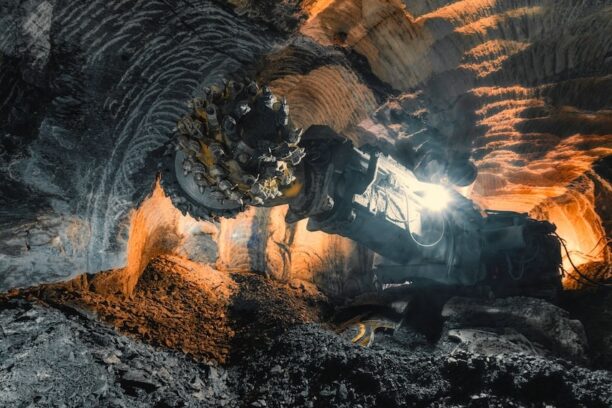I have been somewhat curious about how states (which typically have primary authority for regulating waste management and disposal activities) approach CO2 geologic sequestration since CO2 is not a regulated solid waste. This article from the Texas Environmental Law Journal answered the question (thanks to Mike Dillinger for bringing this forward on LinkedIn):
“To inject carbon dioxide into a Class VI well and sequester it, an entity must apply for a permit. EPA initially has primacy over all Class VI well applications, but states may apply for primacy.[18] Currently, only two states have applied for and received Class VI primacy—North Dakota and Wyoming.[19] …
Texas has initiated the process for gaining primacy over Class VI wells.[21] Currently, however, EPA retains primacy.[22] As such, interested entities must apply for permits through both EPA and the Railroad Commission, the state agency in charge of regulating Class VI wells.[23]… Texas is not the only state seeking primacy for Class VI well permits; Louisiana has also applied and is waiting on a decision from EPA.[31] While there is currently only one Class VI Well application pending for Texas, there are 15 pending applications for Louisiana.[32]“
I’m not sure if contingency plans are required by the Class VI regulations, but companies would be well-advised to develop plans for CO2 injection technology/equipment failure even if this is not required by the permitting regulations. I wrote last year about CO2 release risks and how an existing EPA regulation may be a viable model for CO2 contingency plans:
“any company involved in underground injection of CO2 should learn about the 1986 Lake Nyos incident in Cameroon that killed 1,700 people and 3,000 domestic animals. Yes, this was a natural occurrence, but the point is the effect of a massive acute CO2 emissions event. In the U.S. under EPA’s Risk Management Program (RMP), companies managing specific chemicals have to conduct Off-Site Consequence Analyses to identify ‘sensitive receptors’ within a certain radius from the facility, estimate the population at risk within that radius and develop an emergency response plan in the event of a worst case and alternative scenario chemical release. RMP may be a good model for CCS facilities to consider to avoid a anthropogenic Lake Nyos event.”
If you aren’t already, subscribe to our complimentary ESG blog here: https://practicalesg.com/subscribe/ for daily updates delivered right to you.










